SHOP BY NEED
XMAGICLABS
Production and organization.
We are proud to offer you the world’s most powerful herbal food supplements formulated by our doctors.
Although IGF-1 is paracrine/autocrine in the target tissue, it is primarily produced in the heart as an endocrine hormone. Production is stimulated by growth hormone (GH) and can be slowed by nutritional deficiencies, growth hormone deficiency, lack of growth hormone receptors, or disruption of signaling pathways downstream of the GH receptor, including SHP2 and STAT5B. Approximately 98% of IGF-1 is always bound to one of six binding proteins (IGF-BP). The most abundant protein, IGFBP-3, accounts for 80% of all IGF binding. IGF-1 has been found in a 1:1 molar ratio to IGFBP-3. IGFBP-1 benefits obtained by insulin
IGF-1 is produced throughout life. The highest IGF-1 production occurs during the growth spurt in puberty. The lowest levels occur in infancy and old age.
Protein intake increases IGF-1 levels independently of total caloric intake.[9] Known factors that cause changes in circulating levels of growth hormone (GH) and IGF-1 include: insulin rates, genetic regulation, time of day, age, sex, exercise, stress level, nutritional status and body mass index (BMI), disease status, ethnicity, current status, and xenobiotic intake.
Work cycle.
IGF-1 is the primary mediator of growth hormone (GH) effects. Growth hormone is produced in the anterior pituitary gland, secreted into the blood system, and then works to produce IGF-1. IGF-1 is then widely distributed throughout the body and is present in nearly every cell, especially in the heart muscle, cartilage, bone, lung, heart, kidney, nerve, skin, and hematopoietic cells. In addition to its insulin-like effects, IGF-1 can also regulate DNA production.
IGF-1 helps maintain at least two tyrosine kinases in cell proliferation: IGF-1 uptake (IGF1R) and insulin uptake. The primary effect is by binding to its specific receptor, IGF1R, which is found on many cell types in many tissues. Binding to IGF1R initiates intracellular signaling. IGF-1 is one of the most potent natural activators of the protein kinase B signaling pathway, promoting cell fragmentation and proliferation, and is a potent inhibitor of programmed cell destruction. The IGF-1 receptor appears to be the “physiological” receptor because it binds to IGF-1 with much higher affinity than the insulin receptor. IGF-1 activates the insulin receptor with a potency approximately 0.1 times that of insulin. Some of the bulemene may be transported by IGF1R/Insulin Receptor heterodimers (confusion is that transportable IGF1 is 100-fold less regulated than insulin in insulin resistance, but this is not due to the mental power of IGF1 in in vivo phosphorylation of insulin and induction of hypoglycemia).[citation needed] IGF-1 binds to and activates IGF-1R via expression of Tyrosine Kinase Receptor (TKR) at cellular distances and also signals multiple intracellular signaling pathways. IGF-1R is an important trigger in the regulation of metabolic events on the development and survival of IGF-1. In a local target cell, IGF-1R is mediated by paracrine fragments of IGF-1. Following activation of IGF-1R, activation of intracellular signaling involving multiple signaling pathways is achieved. A key mechanistic pathway involved in mediating a cascade involves a pathway regulated by phosphatidylinositol-3 kinase (PI3K) and its downstream partner mTOR (Mammalian Target of Rapamycin). Rapamycin binds to FKBPP12 to suppress the mTORC1 complex. mTORC2 is unaffected, and suppressed mTORC1 responds by upregulating AKT. Phosphorylation of eukaryotic translation initiation factor 4E (EIF4E) by mTOR is mediated by eukaryotic translation initiation factor 4E binding protein 1 (EIF4EBP1) inhibiting EIF4E and slowing metabolism. PI3K-AKT-mTOR signaling is an important contributor to the development of tumors that are densely populated in the skin, internal organs, and lymph nodes (Kaposi sarcoma).[16] IGF-1R activates these signaling pathways and subsequently enables the accumulation and regulation of metabolic uptake of biogenic compartments. A therapeutic treatment targeting such tumor masses can be triggered by ganitumab. Ganitumab is a monoclonal antibody (mAb) directed antagonistically against IGF-1R. Ganitumab binds to IGF-1R, preventing IGF-1 binding and subsequent triggering of the PI3K-mTOR signaling pathway; inhibition of this pro-survival pathway may result in inhibition of tumor cell invasion and induction of apoptosis, which clears tumors. IGFBP4,IGFBP5, IGFBP6 and IGFBP7. Some IGFBPs are inhibitory. For example, both IGFBP-2 and IGFBP-5 bind to IGF-1 with higher affinity than the IGF-1 receptor. Therefore, serum growth of these two IGFBPs results in the structure of IGF-1.
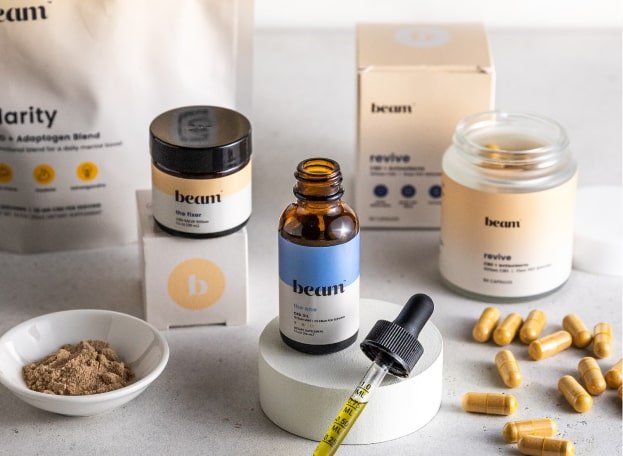




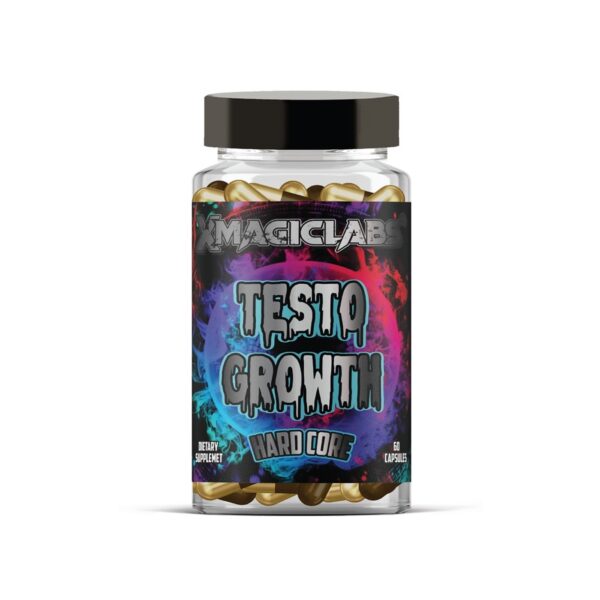


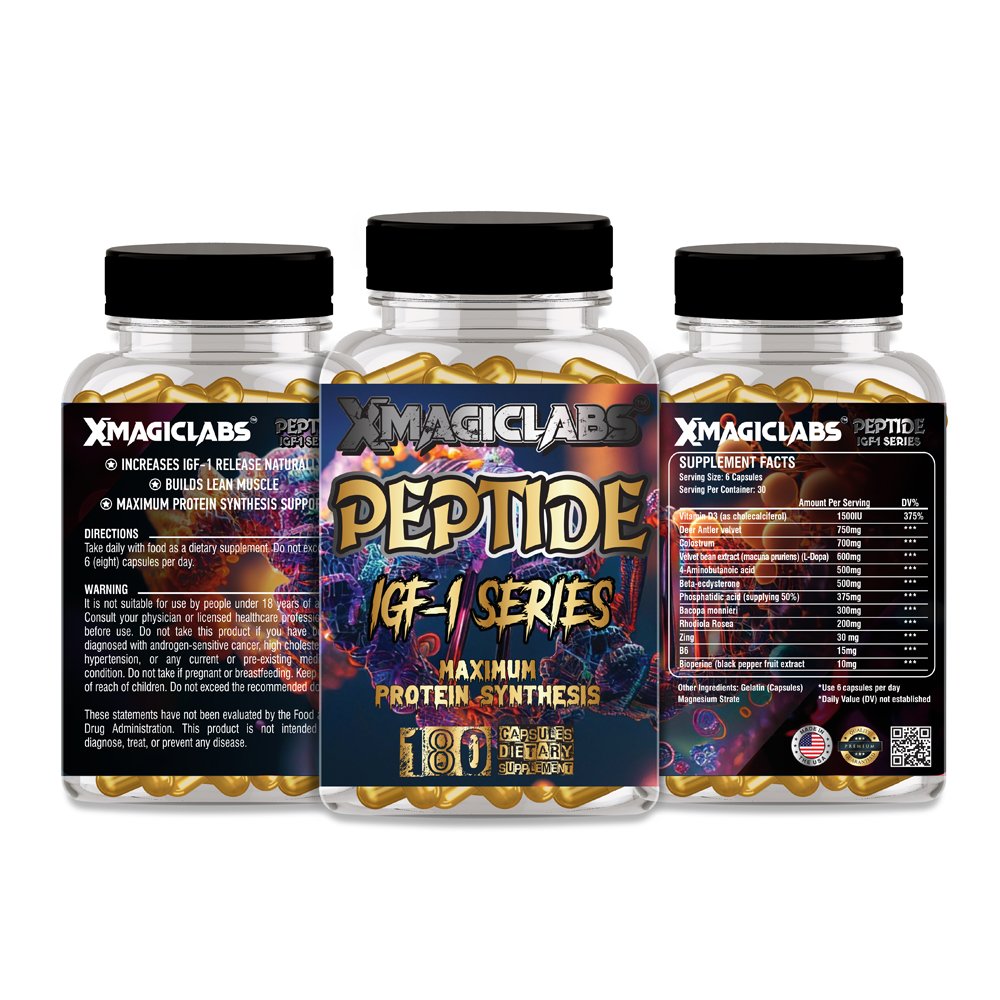
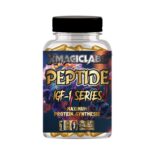
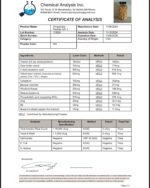
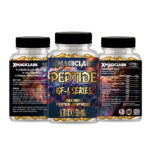
Reviews
Clear filtersThere are no reviews yet.